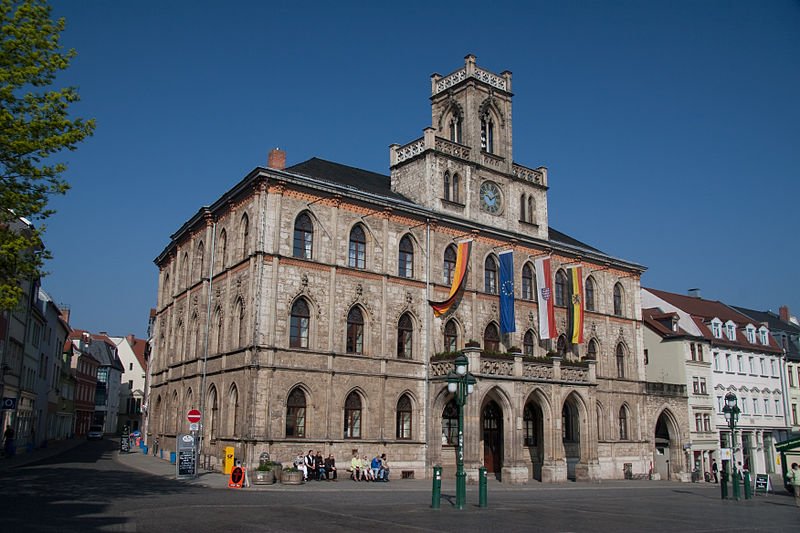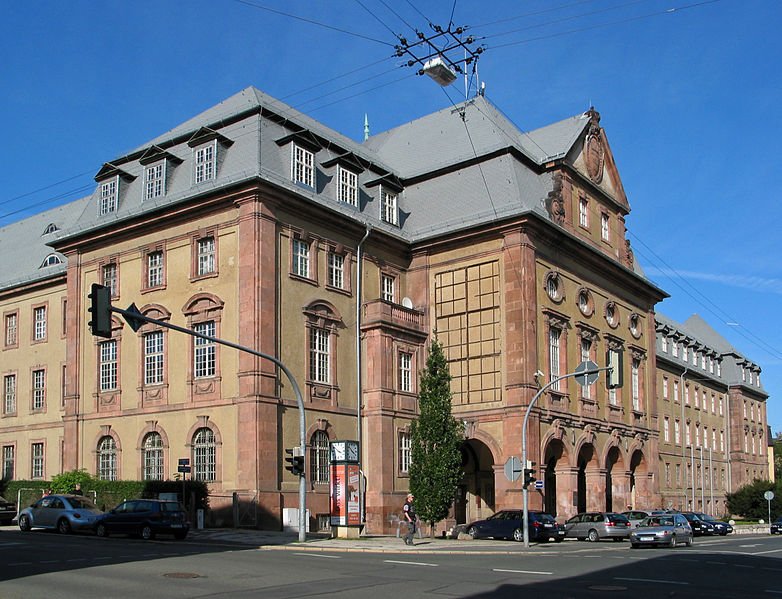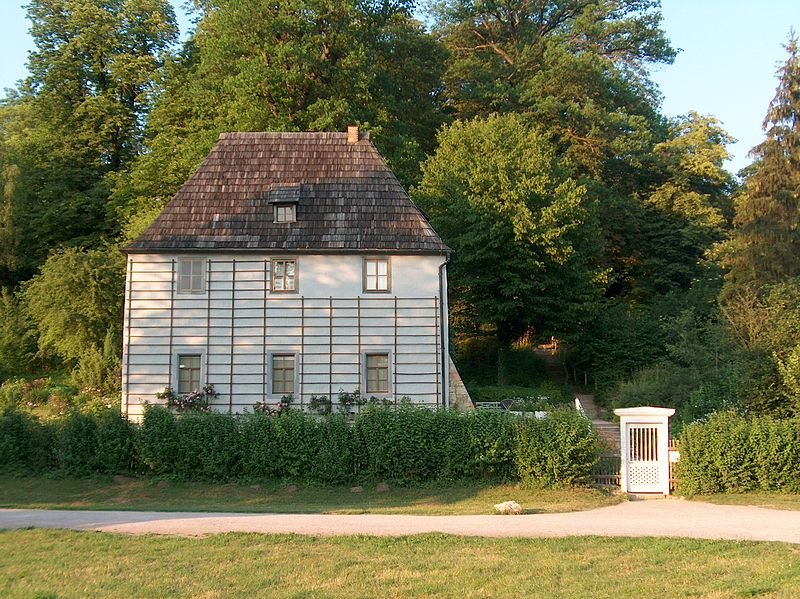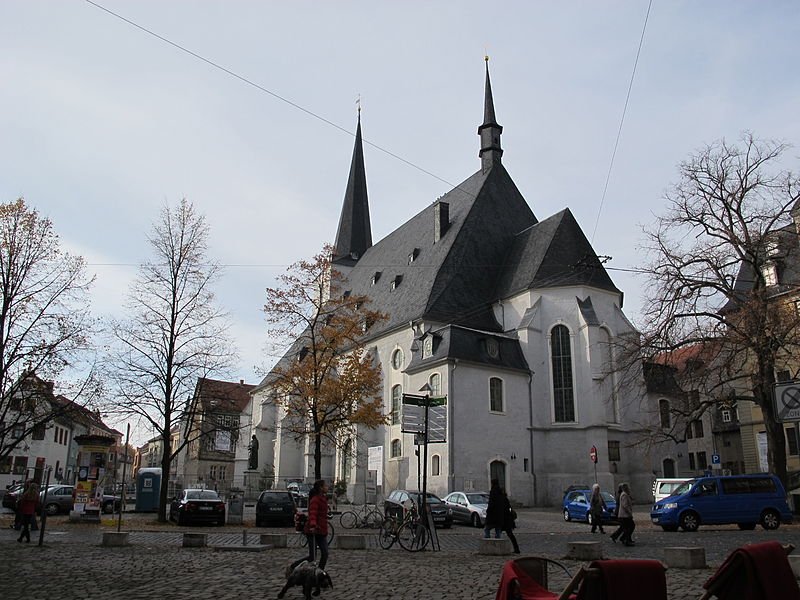 Town Hall of Weimar, Thuringia, Germany
Town Hall of Weimar, Thuringia, GermanySource: https://commons.wikimedia.org/wiki/File:Rathaus,_Weimar_-_1.jpg
Author: Maros M r a z

Weimar is a city of great historical and cultural significance in Germany. It is located within the state of Thuringia, in eastern Germany. The city covers 84 sq km (33 sq mi) and has a population of 66,000 people (2012 estimate).
Weimar was where Germany's first democratic constitution was signed following the end of the First World War, creating a nation known as the Weimar Republic which existed from 1918 to 1933. The city was also a center of literature drawing major German writers including Goethe and Schiller. The cultural flowering due to the presence of these writers and scholars resulted in the high quality of its buildings and parks.
Weimar is regarded as the birthplace of the Bauhaus architectural movement. This particular significance has led to Weimar being inscribed, along with Dessau, as a World Heritage Site, during the 20th session of the World Heritage Committee in Merida, Mexico, in 1996, under the title "Bauhaus and its Sites in Weimar and Dessau". Separately, the other heritage sites of Weimar were also inscribed as a World Heritage Site, during the 22nd session of the World heritage Committee in Kyoto, Japan, in 1998, under the title "Classical Weimar".
 Weimar, Germany
Weimar, GermanySource: https://commons.wikimedia.org/wiki/File:Gerichtsgeb%C3%A4ude_in_Weimar_%28S%C3%BCdwestansicht%29_.jpg
Author: R. Möhler

World Heritage Site Inscription Details
Location: N 50 58 39 E 11 19 43 in Thuringia, GermanyInscription Title: Classical Weimar Inscription Year: 1998
Type of Site: Cultural
Inscription Criteria: III, VI Inscription Title: Bauhaus and its Sites in Weimar and Dessau
Inscription Year: 1996
Type of Site: Cultural
Inscription Criteria: I, II, III, IV, V, VI, VII, VIII, IX, X
 Goethe's garden house in Weimar
Goethe's garden house in WeimarSource: https://commons.wikimedia.org/wiki/File:Goethe%27s_garden_house,_Weimar.jpg
Author: Zarafa

Weimar traces its history to AD 899. Other its long history, the spelling of its name has evolved over time beginning with Wimares, which is said to mean "stagnant swampy water".
Under the Nazi, Weimar was the site of the Buchenwald concentration camp which provided slave labor to the local factories. The camp held some 240,000 prisoners of which at least 56,000 perished.
After the Second World War, Weimar became part of East German from 1949 until the German reunification in 1990. It was selected as European Capital of Culture in 1999.
 Stadtkirche St Peter & Paul, Weimar
Stadtkirche St Peter & Paul, WeimarSource: https://commons.wikimedia.org/wiki/File:Santi_pietro_e_paolo,_weimar.JPG
Author: sailko

How to go to Weimar
Weimar is located to the east of Erfurt and can be reached on Highway 7. There are regular trains from Berlin, Leipzig and Erfurt as well.World Heritage Sites in Weimar
Places of Interest in Weimar
- Bauhaus University Weimar
- Duchess Anna Amalia Library
- Goethe Garten
- Goethe Gartenhaus
- Goethe Wohnhaus
- Herders Wohnhaus
- Orangerie Schloss Belvedere
- Park an der Ilm
- Römisches Haus
- Schillers Wohnhaus
- Schloss Belvedere
- Schloss Ettersburg
- Schloss Tiefurt
- Schloss Weimar
- Schlosspark Belvedere
- Schlosspark Ettersburg
- Stadthaus
- Stadtkirche St Peter & Paul (Herderkirche)
- Tempelherrenhaus
- Weimar Town Hall
- Wittumspalais
 Latest updates on Penang Travel Tips
Latest updates on Penang Travel Tips

Copyright © 2003-2025 Timothy Tye. All Rights Reserved.

 Go Back
Go Back